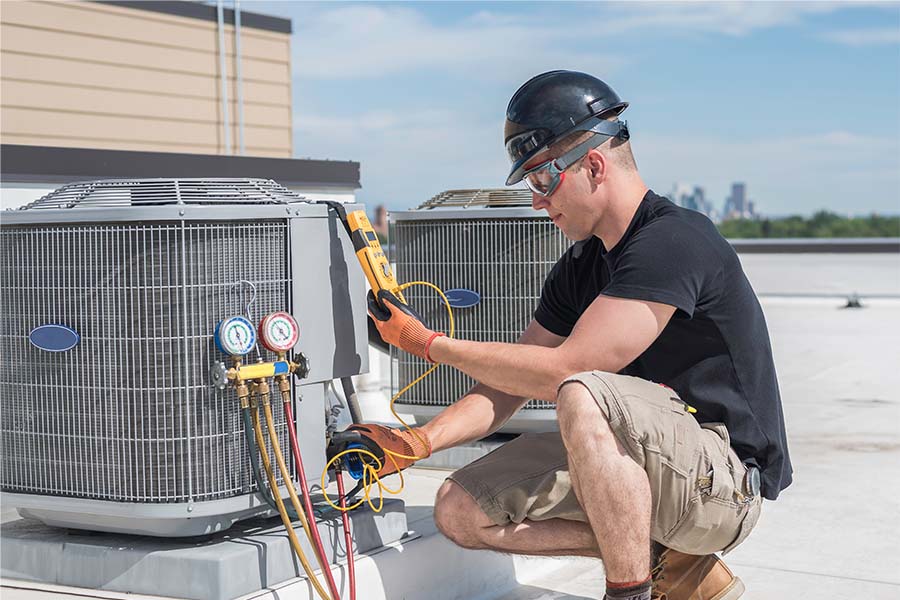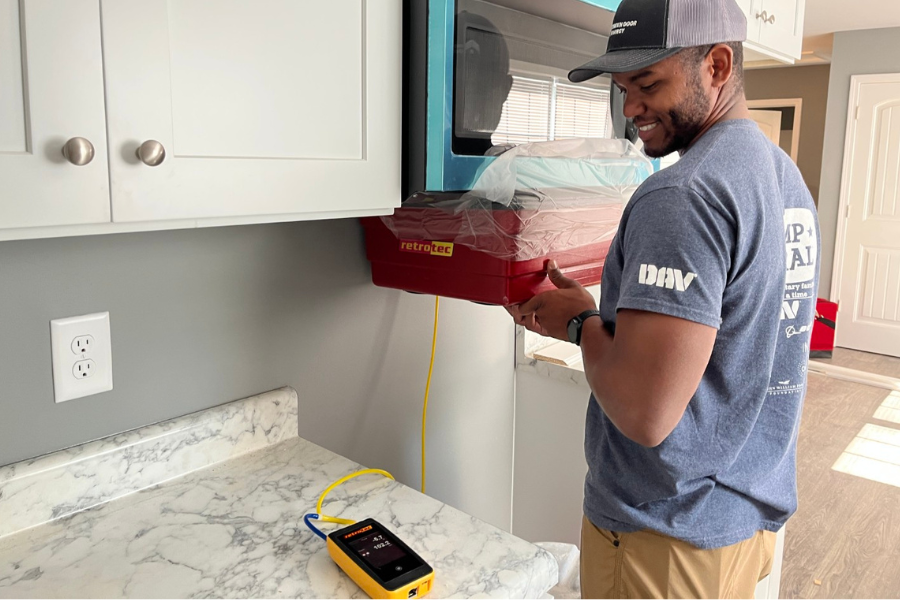Oct 25, 2021
Don’t Do That! Do This: Protect HVAC Systems From Dust and Debris During Construction or Renovation
In the "Don't Do That! Do This" series, best practices for green building and home performance techniques are shared, highlighting mistakes that could have been avoided. This month, the focus is on HVAC ducts, and the importance of properly managing construction dust and debris that can enter the system to prevent health problems for occupants.
By: Jeremy Begley

In this monthly series “Don’t Do That! Do This,” we share images of green building and home performance techniques that could have been implemented better using best practices—from improper insulation and installation to not meeting building codes and everything in between.
If you missed it, view previous images here. This month, we’re talking about HVAC ducts.
Construction Dust is a No-No

Photos submitted by James Warden Green Building Consulting
During the construction or renovation process, the HVAC system is often turned off or installed and inactive for large amounts time. Many times, it is running during the latter stages of construction to maintain a temperature for things like drying drywall mud, installing hardwood floors, and other various construction functions. During these time periods, the duct system is fully exposed and open with the expectation that any construction dust will work itself out through the furnace or air handler filtration during the first few runs of the system. If the effort is made to cover the ducts, only the easily accessible floor ducts are loosely covered and higher ducts and air handlers get ignored. This can result in the dust being distributed throughout the home via the duct distribution for many months after the construction or renovation is complete and owners have taken occupancy of the building.
There are many unintended consequences to not closely managing this process. Tightly covering all duct openings and wrapping the air handler is necessary to protect them from dust and debris. The distribution of construction dust in an occupied structure causes short- or even long-term allergy and sinus problems for occupants depending on their sensitivity. It also can become a food source for various micro-organisms if the right amount of moisture is present.
A two-fold process is needed to properly manage the construction dust and debris that can enter the HVAC system. Many green building programs require this process be adhered to or provide points in their certification process for doing so:
- Make sure all duct openings and indoor equipment is covered with airtight coverings the entire length of the construction process.
- Use a “white glove” inspection process to make sure that ALL dust and debris has been cleared from the system. Flush the home or building for 48 hours prior to occupancy, with all windows open and all HVAC and exhaust fans running.
By adhering to this process, you will make sure that construction contaminants are not being passed to the occupants and causing them problems that a well-built high performance structure should be designed to prevent.
Tell us how you feel about this in the comments section and submit your own photos to content@building-performance.org.





